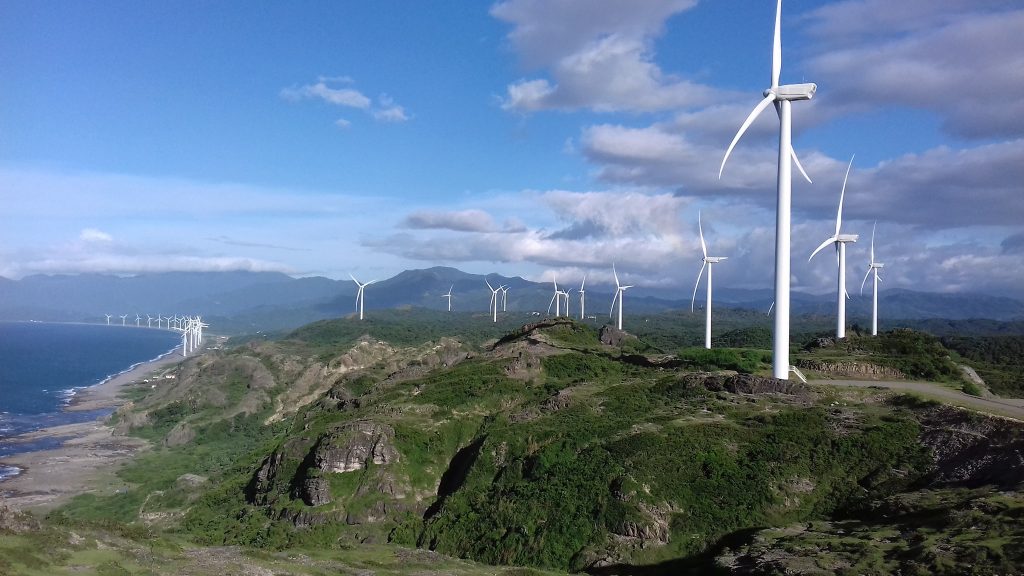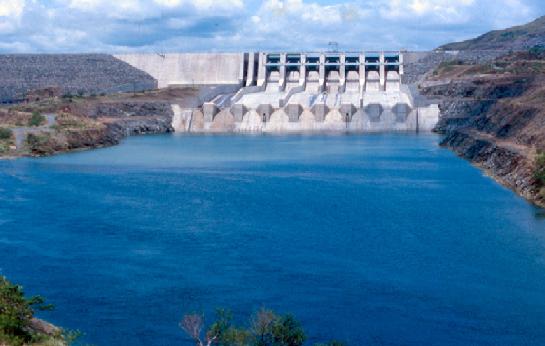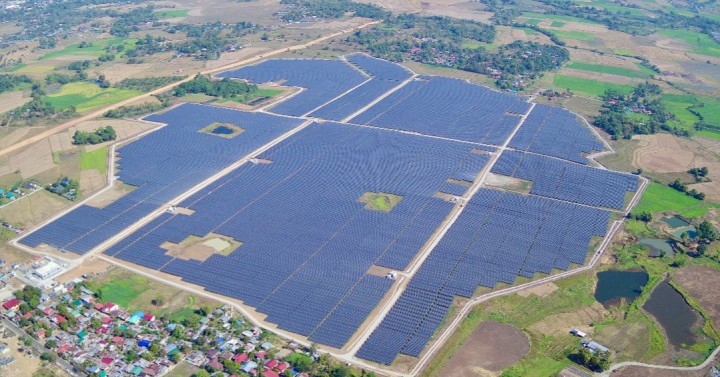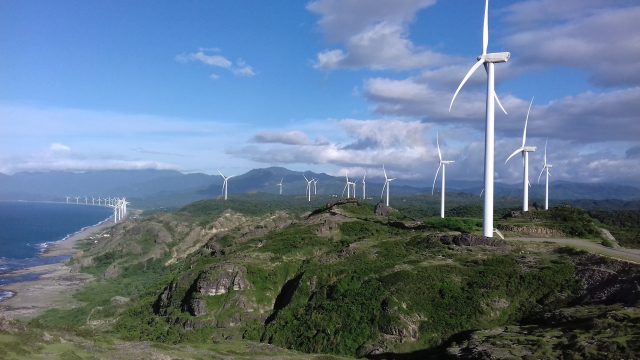The Philippines is a country known for its rich natural resources, including geothermal energy, hydropower, wind power, and solar power. With the country’s growing population and economy, there is a greater need for renewable energy to meet the demand for electricity. In this article, we will explore the role of renewable energy in the future of the Philippines and how it can help the country achieve sustainable development.

Renewable energy is a crucial aspect of sustainable development, as it provides a cleaner and more sustainable source of energy than traditional fossil fuels. Renewable energy sources are also more cost-effective in the long run, as they require less maintenance and do not contribute to environmental degradation.
In the Philippines, there are various renewable energy sources that are currently being utilized to generate electricity. The country has a vast potential for geothermal energy, which accounts for around 15% of the country’s electricity supply. Hydropower also plays a significant role in the country’s energy mix, accounting for around 18% of the country’s electricity supply. Wind power and solar power are also becoming increasingly important sources of renewable energy in the Philippines.
One of the main benefits of renewable energy is that it can provide access to electricity in remote and rural areas. The Philippines is an archipelago of over 7,000 islands, and many communities do not have access to reliable electricity. Renewable energy sources such as solar power and micro-hydro can provide a sustainable and cost-effective solution to this problem.

Renewable energy also has the potential to create jobs and stimulate economic growth in the Philippines. The development of renewable energy projects can create job opportunities in areas such as construction, maintenance, and operations. It can also attract investment and help to develop local supply chains.

(Photo courtesy of MGen))
The Philippine government has recognized the importance of renewable energy in achieving sustainable development and has set ambitious targets for the deployment of renewable energy. The Renewable Energy Act of 2008 aims to increase the share of renewable energy in the country’s energy mix to 35% by 2030. The government has also introduced various incentives to encourage the development of renewable energy projects, such as feed-in tariffs and tax incentives.
Read: Senator Hontiveros pushes renewable energy solutions amid “endlessly” soaring oil prices
However, there are still challenges that need to be addressed to realize the full potential of renewable energy in the Philippines. One of the main challenges is the lack of infrastructure and grid connectivity in remote areas. The high cost of renewable energy technology and the lack of financing options are also significant barriers to the deployment of renewable energy projects.
In conclusion, renewable energy has a crucial role to play in the future of the Philippines. It can provide a cleaner and more sustainable source of energy, create jobs, and stimulate economic growth. However, there are still challenges that need to be addressed to fully realize the potential of renewable energy in the country. The government and private sector need to work together to address these challenges and accelerate the deployment of renewable energy projects.


